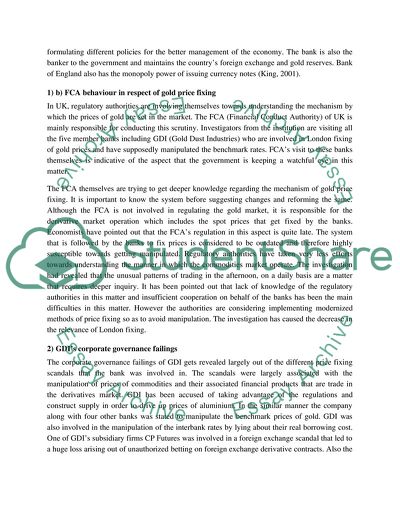Cite this document
(Corporate Governance and Financial Regulation Case Study, n.d.)
Corporate Governance and Financial Regulation Case Study. https://studentshare.org/finance-accounting/1826050-corporate-governance-and-financial-regulation
Corporate Governance and Financial Regulation Case Study. https://studentshare.org/finance-accounting/1826050-corporate-governance-and-financial-regulation
(Corporate Governance and Financial Regulation Case Study)
Corporate Governance and Financial Regulation Case Study. https://studentshare.org/finance-accounting/1826050-corporate-governance-and-financial-regulation.
Corporate Governance and Financial Regulation Case Study. https://studentshare.org/finance-accounting/1826050-corporate-governance-and-financial-regulation.
“Corporate Governance and Financial Regulation Case Study”. https://studentshare.org/finance-accounting/1826050-corporate-governance-and-financial-regulation.


